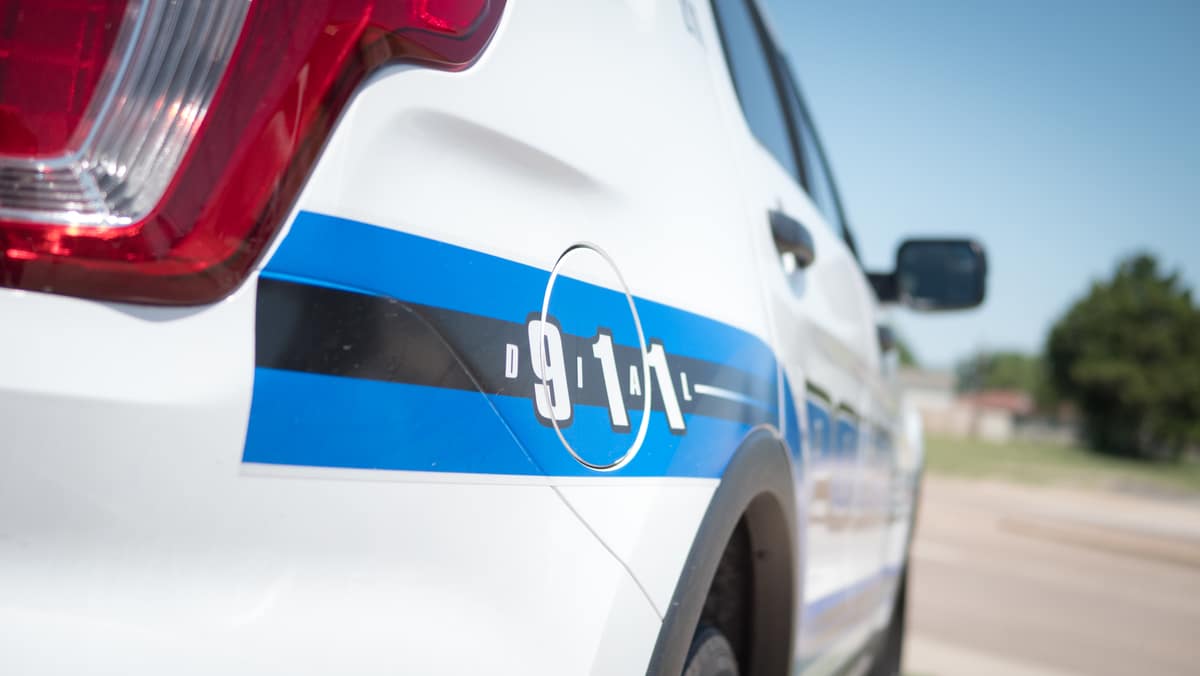Swatting, per the DHS website, is a malicious act that can involve placing false emergency calls to emergency responders, often reporting a (false) severe, ongoing crisis at a specific location.
The goal of swatting is to provoke a significant law enforcement response, creating chaos and potentially resulting in violence.
Swatting typically involves claims of violent crimes such as active shooters, bomb threats, or hostage situations. It can target individuals, businesses, government officials, schools, faith-based institutions, and even federal facilities.
It is illegal and carries serious legal consequences for perpetrators.
Swatting intended to cause a police response for a school shooting is the No. 1 type of “swatting.”
There were 724 swatting incidents in the 2024 school year.
For some, the 2025 school year started with swatting hoaxes causing lockdowns and police responses. In the national news, The University of Arkansas, University of Colorado Boulder, Iowa State University, Kansas State University, University of New Hampshire, Northern Arizona University, University of Tennessee Chattanooga, Villanova University, and University of South Carolina all had swatting hoaxes during the first week of school.
And that’s just college. It’s just as bad for K-12, but those don’t make the national news unless there is an incident connected to the swatting event.
During swatting hoaxes, one individual will call 911 to report a shooting on campus that’s not real. Meanwhile, during a real school shooting, there is a flood of 911 calls immediately. It is not uncommon for a 911 center to receive over 100 calls within the first minute.
There are many that have figured that if there is only one call about an active shooting in progress, there is a 99.999% chance that it is a hoax. This full response of over 100 officers is the goal of these swatters.
Swatting calls normally go to non-emergency desk numbers and not to 911 emergency dispatch. It’s pretty safe to say that if there really is a school shooting in progress, there won’t be just one call directly to the non-emergency number but instead to the 911 center.
Unfortunately, every time there is a huge police response to an obvious swatting call, police are feeding the cycle and motivating the next hoaxer.
Most swatting incidents are in the morning, causing at least that full school day to be missed and often the next day too after students are traumatized by the police response.
The Economist determined the total cost of swatting was estimated at least $100k for each emergency response because of SWAT call out, off-duty call in, and outside agencies responding to search the schools for hours.
This cost significantly increases if you count missed work time for all the parents who rush to the school and cost per hour of education lost due to closure. Additionally, there is often damage to the school buildings when police officers break locked doors.
Then there is an increased risk of collisions while driving with lights and sirens, and wear/tear on police vehicle during a high-speed response. There is the possibility of an officer running into a school thinking there is an active shooter and accidently shooting the janitor who is holding a mop.
The threat of blue-on-blue shooting is a real threat, as well, with a plainclothes officer, an SRO, or armed school security. There is also the risk of students or teachers being injured barricading classrooms or jumping out of windows. It is estimated that insurance settlements for injuries alone is easily in the hundreds of millions.
There was a daily swatting tracker on an online site during the 2023-2024 school year that collected data on K-12 swatting. Per that site, there were 853 swatting incidents in K-12 schools that year.
The swatting in K-12 schools significantly decreased after the arrest of multiple serial swatters. One serial swatter who had made several hundred of hoax calls to multiple schools across the country was arrested leading to the numbers diminishing, but swatting definitely has not been eradicated.
Most swatting hoaxes are a single 911 call, often to a front desk or non-emergency 911 number. In most swatting scenarios, someone makes an elaborate report like describing a hostage situation or multiple people shot inside the school to trigger the highest priority police response.
Anonymous reporting apps have been mandated in many states and computer assisted VOIP and VPNs give the perpetrators an easy way to make a false report without getting caught.
Any time officers respond with lights and sirens for a shooting in progress, there is a high level of danger. While police are driving 100mph towards the campus, this puts everyone on the streets in danger. Meanwhile, the students and staff at the school have no idea there was even a threat made.
There have been reports of officers in Massachusetts, Pennsylvania, and Colorado accidentally firing their guns in or around occupied schools during swatting hoaxes. In one situation in Michigan, responding officers to a swatting hoax intentionally rammed their police car through the front door of the school to get inside faster because the doors were locked and nobody inside the school knew about the hoax.
Unfortunately, with computer-savvy people, swatting cannot be stopped. However, with good training and educating yourself as to what to look for, you can perhaps be more prepared in suspicious situations.
For more information about training for emergency preparedness, bomb threats, active shooter training, bleeding control, first aid/CPR, or any other training need, contact terry@churchemergency.com.







